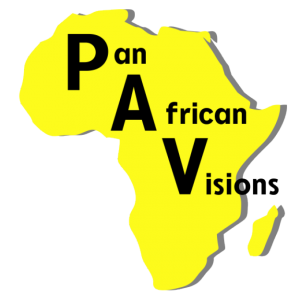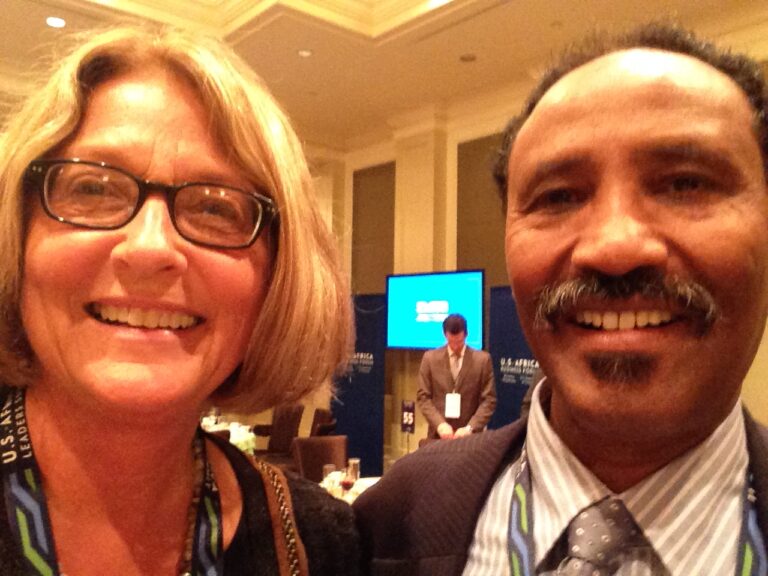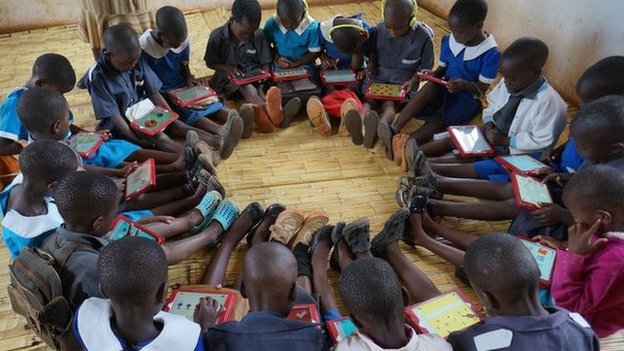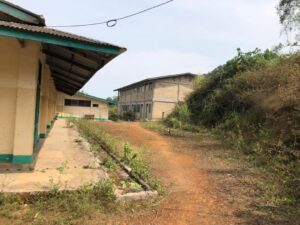The golden leaf: boom time in Zimbabwe
August 04, 2012 By Ian Scoones* Zimbabwe’s tobacco industry is booming once again. From the low point in 2008, at the peak of hyperinflation, when only 48m kg was sold, optimistic estimates for 2012 suggest that around 150m kg will be sold, with prices early in the selling season around 30% higher than last year. Production levels are not back to the peak level in 2000 of 236m kg, but the trend is ever upwards, with sales rising from 65m to 123m to 132m kg between 2009 and 2011. In 2011, the sales generated around US$360m, helping to fuel the dramatic 34% growth in the agricultural sector in the past year. With the season not yet concluded over US$440m has been sold in 2012. Once the almost exclusive preserve of around 3000 large-scale white farmers, tobacco is now being produced and sold by around 60000 black farmers from the new A1 and A2 resettlement areas. With average sales of around 10 bales per farmer, this will result in an income of around US$5000 – no mean sum in Zimbabwean terms. And of course tobacco creates employment along the value chain, as well as tax revenues. This is one of the really unexpected success stories of the land reform. While many accepted that small-scale A1 farmers with larger areas of land could engage in successful staple production and ‘accumulate from below’, as we described across our sample areas in Masvingo, for new farmers to participate so successfully in the high value export industry of tobacco farming was seen as unlikely. Most had written off the industry, expecting it to atrophy and die. But contrary to expectations, the tobacco industry has been transformed, from the farms to the auction floors. A whole new set of people are involved. It is not only the farmers who have changed, but also the labourers, the buyers and the financiers. Women are increasingly involved, particularly in the processing, sorting and auction-floor activities. White farmers are still involved too in the high quality/high cost end of the industry, in a few farms remaining under their control, but also in lease arrangements with A2 farmers, who needed the skills and expertise for the production of top quality flue cured Virginia. New contracting arrangements have emerged to support smaller scale farmers grow tobacco. Contracting reputedly resulted in the production of 34m kg in 2011, out of the total of 132m. Some major new entrants have emerged in the market, notably those with Chinese connections. Tianze, for example, has around 250 growers linked to it. Overall there are around 13 contract companies operating, as well as multiple smaller scale leasing and other arrangements. It is this financing aspect that has been critical for the dramatic growth of the small-scale sector. This has allowed farmers to invest in inputs, and the rate of refusal has declined, and overall quality has increased. Chinese contract companies, loan facilities and other forms of finance have transformed the system. More traditional players, from the western based companies and other commercial lenders, are now re-engaging knowing that there is money to be made. There are downsides of the tobacco economy, of course. Curing is largely carried out using local fuelwood sources, and the impact on forests and woodland resources has been high. A more sustainable source of fuel will clearly be necessary. Equally, the high labour demands have resulted in accusations of child labour on the farms, flouting labour laws and undermining child rights. These of course were core issues when white farms took on tobacco as a core crop some decades ago, and will hopefully only be transitional challenges. For the longer term, the tobacco story in the last five years has some important lessons for the wider agrarian transition. While tobacco is not a crop appropriate everywhere (and is not significant in our study areas in Masvingo, for instance), there are some more generic insights worth noting. First, A2 farmers, who have really struggled elsewhere including in Masvingo with poor production due to low capitalisation and investment, can make it under the right circumstances. Second, markets are key, but so is support to engage in markets. It is not just price levels, demand and supply, but up-front investment, skill development and knowledge building about quality control and market niches. Third, finance is vital; and that’s where Chinese finance and contracting arrangements become critical. Fourth, there are definitely roles for white farmers with skills and capacities in a particular commodity area, but probably involving engagement in different ways, at the high end of the market. Hopefully the lessons from the tobacco transition can be applied to other aspects of the agricultural economy, leveraging finance, expertise and market access for the benefits of a larger group of people than the previously narrow, privileged large-farm sector. *This blog was originally posted on the zimbabweland blog. For more go to:http://zimbabweland.wordpress.com/.




























